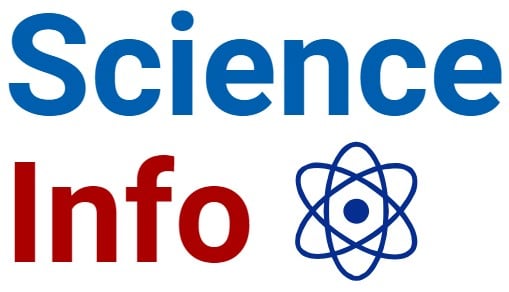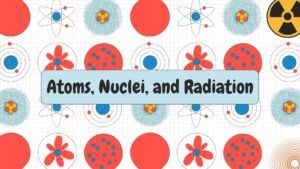Stellar Radii: Definition, Mathematical Relation, Applications, Limitations
The core concern of plenty of astronomical investigations is the stars, those far-off spots of light in the starry night. A star’s size, often known as its stellar radius, is … Read more








